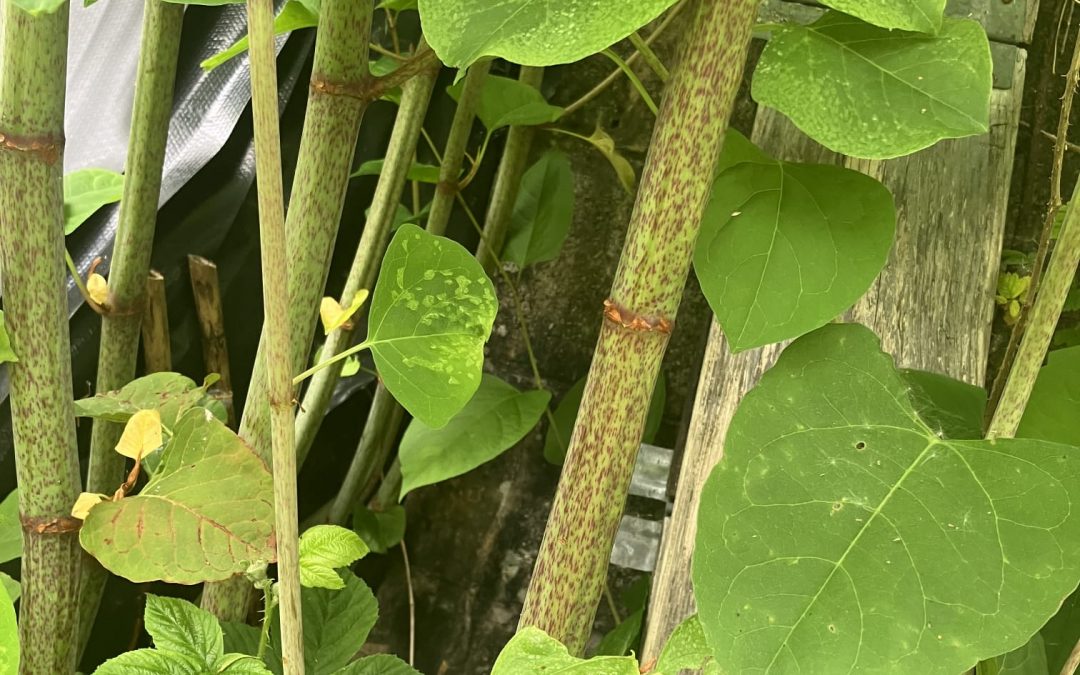What is the future of Japanese Knotweed: what we can expect in the coming years
Japanese Knotweed is a highly invasive plant species that can cause significant damage to property and the environment. It was first introduced to the UK in the 19th century and has since spread throughout the country. Over the years, efforts have been made to control the spread of Japanese Knotweed, but it remains a persistent problem. In this article, we will explore the current state of Japanese Knotweed in the UK and what we can expect in the coming years.
Current State of Japanese Knotweed:
Japanese Knotweed is currently listed as one of the most invasive plant species in the UK. It is found in almost every county and is known to cause significant damage to property and the environment. The plant can grow up to 3 meters in height, and its roots can spread up to 7 meters in all directions. The plant can penetrate through concrete, tarmac, and other hard surfaces, causing significant damage to buildings, roads, and other structures.
Efforts to Control Japanese Knotweed:
Efforts to control the spread of Japanese Knotweed have been ongoing for many years. Traditional methods of control include excavation, herbicide treatment, and stem injection. However, these methods can be costly, time-consuming, and harmful to the environment. In recent years, more sustainable approaches to Japanese Knotweed management have been developed, such as biological control and smothering.
What Can We Expect in the Coming Years?
In the coming years, we can expect to see continued efforts to control the spread of Japanese Knotweed. There will be a greater focus on sustainable approaches to Japanese Knotweed management, such as biological control and stem injection. These methods are safer for the environment and are likely to become more popular in the future. We may also see an increase in research on new methods of Japanese Knotweed management.
One of the most significant developments in the coming years will be the introduction of the Invasive Alien Species (Enforcement and Permitting) Order 2019. This legislation will make it illegal to plant or grow Japanese Knotweed in the wild, and it will also require landowners to take steps to control the plant on their property. This legislation is likely to have a significant impact on the spread of Japanese Knotweed in the UK
Japanese Knotweed is a persistent problem in the UK, but there is hope for the future. Continued efforts to control the spread of the plant and the introduction of more sustainable approaches to management are likely to have a positive impact. With the introduction of new legislation, we can expect to see a greater focus on controlling the spread of Japanese Knotweed and protecting the environment. While it may take time to fully eradicate the plant, the future of Japanese Knotweed management looks promising.
Its worth noting:
In 2012, a study commissioned by the Environment Agency in the UK estimated the potential cost of eradicating Japanese knotweed from all identified infestations in the country to be around £1.56 billion (approximately $2.2 billion USD) over a 20-year period. This estimate included the costs associated with surveying, treatment, and monitoring of infested areas.
Since then, the extent of Japanese knotweed infestations may have changed, and new infestations may have emerged. Additionally, the cost of eradication efforts can vary based on factors such as accessibility, size of the infested area, and chosen eradication methods.
It’s important to note that complete eradication of Japanese knotweed is challenging, and the focus is often on control and management rather than complete elimination. Professional treatment and ongoing monitoring are typically required to prevent the spread and minimize the impact of Japanese knotweed.
For more accurate and up-to-date information on the specific cost of eradicating Japanese knotweed in your area, it is advisable to consult with local environmental agencies, professional removal companies, or experts familiar with the management of invasive species.
